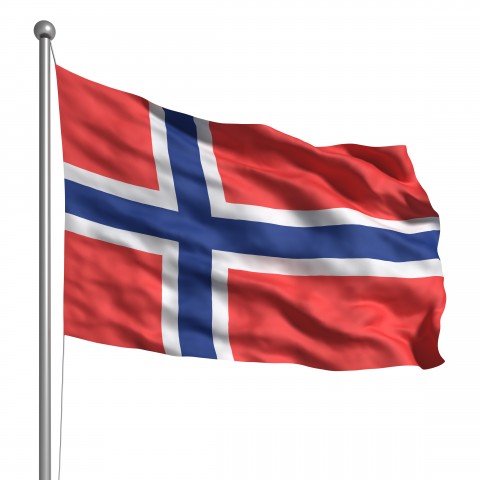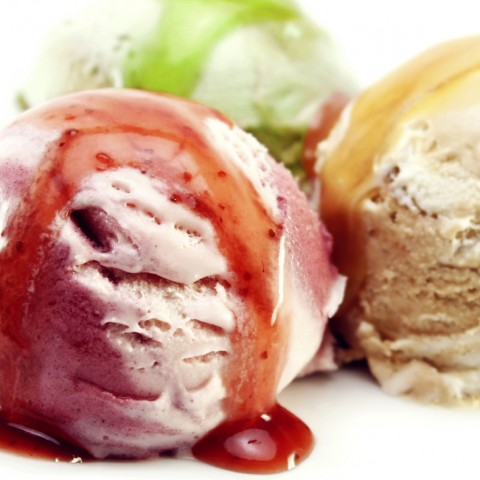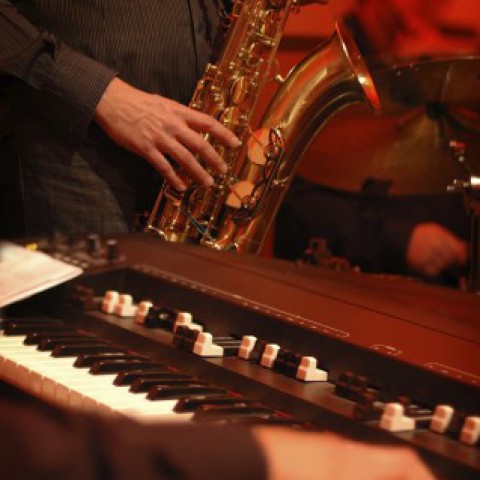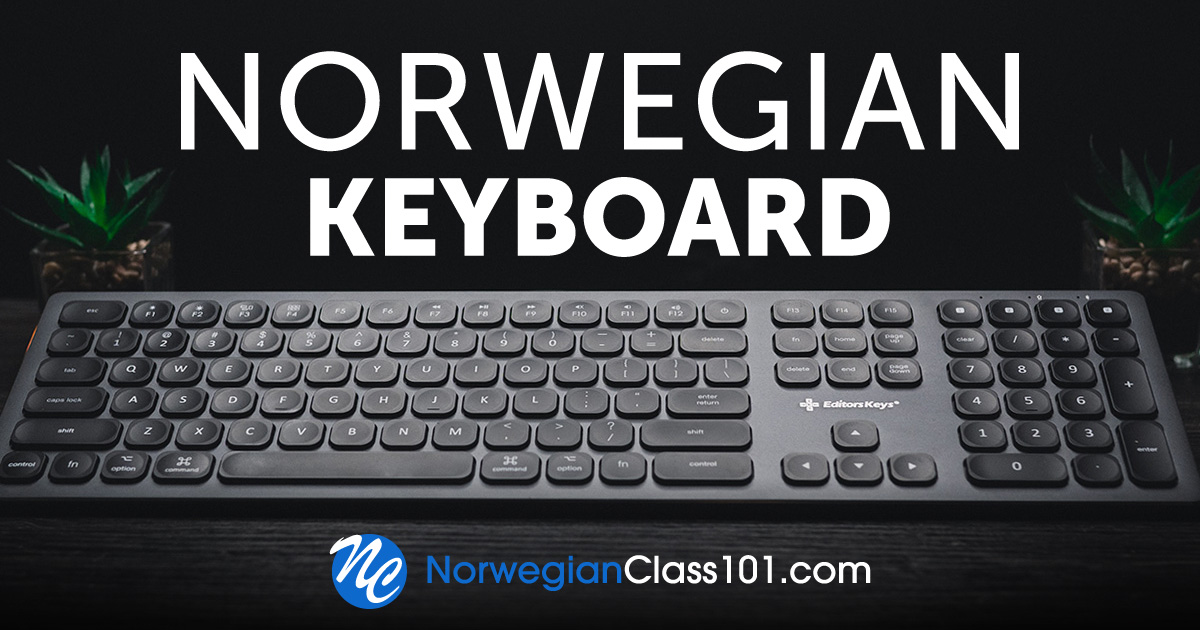Norwegian Independence Day is the most important holiday in the country. It holds such significance to Norwegians, in fact, that celebrations aren’t limited to Norway (such as the celebration of Norwegian Constitution Day in Ballard, Seattle in the United States). Norwegian Constitution Day commemorates the date that Norway gained independence through the finally accepted Norway Constitution.
In learning about this holiday, you’re gaining insight into Norway’s long history and rich culture. Cultural knowledge is vital to learning any language, and at NorwegianClass101.com, we hope to make this learning expedition both fun and informative! Learn how to say “Happy Constitution Day” in Norwegian and more with us!
1. What is Constitution Day in Norway?
An important day for every Norwegian, the Norway Constitution Day is really a day where one can see the entire nation gathered. The Norwegians call Constitution Day their national day.
Norwegian Independence Day is held in commemoration of when the Norway Constitution was accepted in 1814. It became a day of celebration, and Norwegians started to hold parades to celebrate their independence day. From 1870 on, the first children’s parades started and this is a tradition that remains today.
2. When is the Norwegian Independence Day?
Each year, Norwegians celebrate Constitution Day on May 17, the day that their Constitution was finalized and their country’s independence gained.
3. Reading Practice: Norwegian Constitution Day Celebrations
Read the Norwegian text below to learn about Norwegian Constitution Day traditions. You’ll find the English translation directly below it.
—
De aller fleste nordmenn starter 17.mai dagen tidlig. Man står opp og tar på seg fine klær. Mange folk bruker også Norges tradisjonelle folkedrakt, kalt bunad. Deretter drar alle barn til den plassen hvor barnetoget skal starte, og foreldre og familie står langs gatene for å se på toget som går forbi. Alle barna synger norske sanger, roper hurra-rop og vifter med det norske flagget.
Etter at 17.mai-toget er over, hører de fleste på 17.mai tale, for å deretter dra på en feiring som blir arrangert av den lokale skolen. På disse feiringene synger barna sanger, leker, har sekkeløp og potetløp. Om en familie ikke har små barn, grilles det ofte med familie og venner i hagen.
Det er ingen regler for hva man skal spise på Nasjonaldagen, men de aller fleste nordmenn forbinder mat på 17.mai med pølser, is og brus.
—
Most Norwegians start the May 17 Day early. You get up and put on nice clothes. Many use the Norwegian traditional suit, called Bunad. After this, all the children go to the place where the parade will start, and the parents and family stand along the streets to watch the parade that goes by. All the children sing Norwegian songs, shout “Hooray,” and wave the Norwegian flag.
After the May 17 parade is over, most people will listen to the May 17 speech, and then go to a celebration that is arranged by the local school. During these events, the kids will sing songs, play, and have sack races and potato races. If a family does not have small children, there will often be a barbecue with family and friends in the yard.
There are no rules for what one should eat on the national holiday, but most Norwegians associate May 17 with hot dogs, ice cream, and soda.
4. Royal Palace (Oslo) & The Royal Family
What do you think the Royal Family does on May 17?
On May 17, the King, Queen, and the rest of the Royal Family stands on the Royal Palace in Oslo’s balcony and waves to the Norwegian people. The children’s parade in Oslo stops in front of the Castle, and many Norwegian children look forward to catching a glimpse of the Royal Family.
5. Useful Vocabulary for Norwegian Independence Day
Here’s some vocabulary you should know for Constitution Day in Norway!
- Iskrem — “Ice cream”
- Synge — “Sing”
- Sang — “Song”
- Grunnlovsdagen — “Constitution Day”
- Skolekorps — “School band”
- Det Konglige Slott — “Royal Palace, Oslo”
- Dronning — “Queen”
- Parade — “Parade”
- Nasjonaldag — “National day”
- Musikkorps — “Music band”
- Konge — “King”
- Pølse — “Hotdog”
- Flaggdag — “Flag day”
- Kronprins — “Crown Prince”
- Janitsjarkorps — “Concert band”
- Slott — “Castle”
- Bunad — “Bunad”
- Nasjonalsang — “Anthem”
To hear each of these vocabulary words pronounced, check out our Norwegian Constitution Day vocabulary list. Here, you’ll find each word accompanied by an audio file of its pronunciation.
Conclusion
The Norwegian Independence Day is a holiday that the country’s people as a whole can celebrate together, and they do! What do you think of the Norwegian Constitution Day traditions we discussed? Does your country have a Constitution Day? Let us know in the comments!
To learn more about Norwegian culture and the language, visit us at NorwegianClass101.com. Here, you’ll find insightful blog posts on a variety of topics, fun podcasts to learn on the go, and free vocabulary lists to expand your word bank! You can also discuss lessons with fellow Norwegian learners on our forums and take advantage of our MyTeacher program with a Premium Plus account. At NorwegianClass101.com, there’s something for every learner and every learner can master the Norwegian language with enough effort and determination!
Until next time, Lykkelig Grunnlov Dag (“Happy Constitution Day” ) in Norway! Enjoy some Norwegian Constitution Day food for us. 😉













